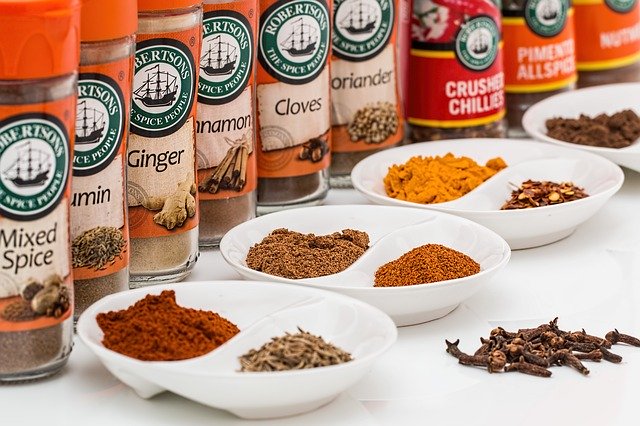The positives of switching to natural remedies
Image by Steve Buissinne from Pixabay
Natural pain remedies have been used for thousands of years prior to the development of lab-made, prescription medications. There are a wide array of benefits when taking the natural route, some of which include that they are non-addictive and significantly less harmful to the body. There is also a drastic decrease overall when it comes to the possibility of negative side effects. Let’s talk about the positives of switching to natural remedies for natural pain relief.
Natural remedies are also a great alternative compared to prescription medications, as they are left out of the realm of larger pharmaceutical companies, many of which are in it for the money. This can oftentimes lead to a misdiagnosis, or being prescribed a different medication that isn’t the best option solely because these companies are paying doctors to do so. Natural remedies have much less kickback than those of over-the-counter medications, and this is probably the most important part of switching to natural remedies. No longer does a person have to worry about the horrid side effects that can come to light when taking pills such as NSAIDs every day to relieve some pain. It’s important to realize these types of things because it’s largely a problem that many people do not think about when it comes to making pain or inflammation go away.
Let’s speak on a few natural remedies just to give you an idea of what is working for people today. Willow bark has shown much promise when it comes to inflammation and pain relief. Willow bark contains salicin, which is very comparable to the chemical in aspirin.
Cloves are often used to spice up meat and rice dishes. floor cloves are used in pies and many other foods. As a medication, cloves may be found in capsule or powder shape. Clove oil is likewise available. Like other herbal dietary supplements, you could use cloves to treat an extensive range of situations. Cloves may additionally assist ease nausea and deal with colds. Additionally, they help relieve the pain related to complications and toothaches. Cloves can also be used as part of a topical ache reliever.
The active ingredient in cloves is eugenol, a herbal ache reliever that’s also used in some OTC pain rubs. An excessive amount of undiluted clove oil might also definitely hurt your gums, so discuss this technique with your dentist earlier than attempting it at home.
Acupuncture is another natural remedy. This historic Chinese language clinical exercise seeks to alleviate pain by balancing the frame’s herbal strength pathways. The float of electricity is referred to as qi.
For this practice, acupuncturists place tiny, skinny needles into your pores and skin. The region of the insertion is related to the source of the pain. primarily based at the qi, a needle can be inserted a long way from the part of the frame experiencing ache.
Acupuncture can also relieve ache via causing the body to release serotonin, a “experience-right” chemical that eases pain.
A 2012 look at observed that acupuncture helped relieve pain associated with OA, migraines, and numerous locations of chronic pain, as well as inflammation in the body.
Make sure to look at all of the options when it comes to different natural remedies. There are numerous different types, ranging from supplements to methods written about in this article. People are finding different methods that work for them daily, and sharing them with the world around us, so find what works for you, and share it with other people so we can slowly begin to break away from the methods of over the counter medication and the harsh side effects that follow. Best of luck to you.
David van der Ende is a full-time blogger and part-time graphic design enthusiast. He loves to write about a broad range of topics, but his professional background in both legal and finance drives him to write on these two subjects most frequently.

